Your idea with strongly connected components should work. Here is a graph and some code for you to experiment:
First, a digraph:

And it's adjacency lists representation:
13 vertices, 22 edges
0: 5 1
1:
2: 0 3
3: 5 2
4: 3 2
5: 4
6: 9 4 8 0
7: 6 9
8: 6
9: 11 10
10: 12
11: 4 12
12: 9
And it's strongly connected components:

7
6 8
9 10 11 12
0 2 3 4 5
1
Now, after with implementation for digraph and Kosaraju-Sharir
class StronglyConnectedComponents
{
private bool[] visited;
private int[] componentIds;
public int ComponentCount { get; private set; }
public StronglyConnectedComponents(DirectedGraph graph)
{
visited = new bool[graph.VertexCount];
componentIds = new int[graph.VertexCount];
var order = new GraphTraversal(graph).ReverseOrder();
var reversedGraph = graph.Reverse();
foreach (var vertex in order)
{
if (!visited[vertex])
{
DepthFirstSearch(reversedGraph, vertex);
ComponentCount++;
}
}
}
public int VertexComponentId(int vertex)
{
return componentIds[vertex];
}
public bool AreStronglyConnected(int source, int target)
{
return componentIds[source] == componentIds[target];
}
private void DepthFirstSearch(DirectedGraph graph, int vertex)
{
visited[vertex] = true;
componentIds[vertex] = ComponentCount;
foreach (var adjacent in graph.AdjacentTo(vertex))
{
if (!visited[adjacent])
{
DepthFirstSearch(graph, adjacent);
}
}
}
}
class GraphTraversal
{
private Stack<int> reversePostOrder;
private bool[] visited;
public GraphTraversal(DirectedGraph graph)
{
visited = new bool[graph.VertexCount];
reversePostOrder = new Stack<int>();
for (var vertex = 0; vertex < graph.VertexCount; vertex++)
{
if (!visited[vertex])
{
DepthFirstSearch(graph, vertex);
}
}
}
public IEnumerable<int> ReverseOrder()
{
return reversePostOrder;
}
private void DepthFirstSearch(DirectedGraph graph, int vertex)
{
visited[vertex] = true;
foreach (var adjacent in graph.AdjacentTo(vertex))
{
if (!visited[adjacent])
{
DepthFirstSearch(graph, adjacent);
}
}
reversePostOrder.Push(vertex);
}
}
class DirectedGraph
{
public int VertexCount { get; set; }
public int EdgeCount { get; set; } = 0;
private List<int>[] adjacencyLists;
public DirectedGraph(int vertexCount)
{
VertexCount = vertexCount;
InitializeAdjacencyLists(vertexCount);
}
public void AddEdge(int from, int to)
{
adjacencyLists[from].Add(to);
EdgeCount++;
}
public IEnumerable<int> AdjacentTo(int vertex)
{
return adjacencyLists[vertex];
}
public DirectedGraph Reverse()
{
var reversedGraph = new DirectedGraph(this.VertexCount);
for (var vertex = 0; vertex < this.VertexCount; vertex++)
{
foreach (var adjacent in this.AdjacentTo(vertex))
{
reversedGraph.AddEdge(adjacent, vertex);
}
}
return reversedGraph;
}
public override string ToString()
{
String graghString = VertexCount + " vertices, " + EdgeCount + " edges \n";
for (int vertex = 0; vertex < VertexCount; vertex++)
{
graghString += vertex + ": ";
foreach (var adjacnet in this.AdjacentTo(vertex))
{
graghString += adjacnet + " ";
}
graghString += "\n";
}
return graghString;
}
private void InitializeAdjacencyLists(int vertexCount)
{
adjacencyLists = new List<int>[vertexCount];
for (var vertex = 0; vertex < vertexCount; vertex++)
{
adjacencyLists[vertex] = new List<int>();
}
}
}
Queries like scc.AreStronglyConnected(2, 5) will tell if directed cycle between vertices exists. Runnable code is here.

